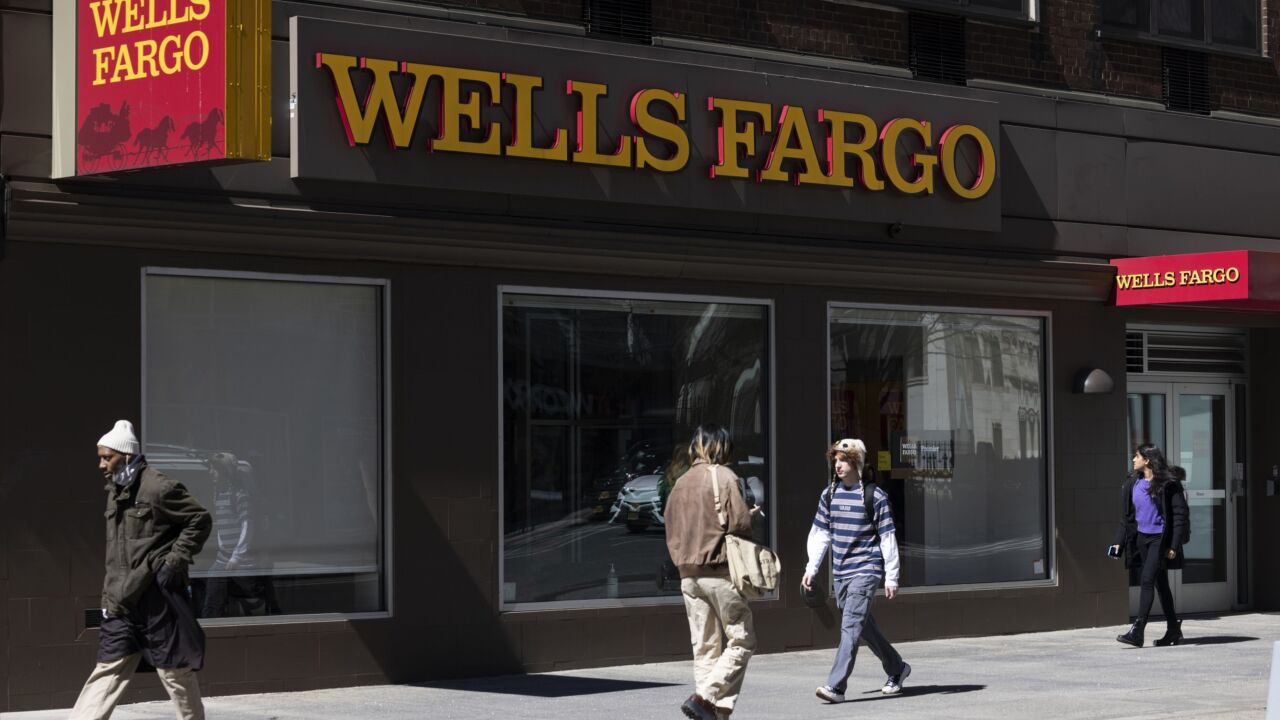Another Shot at Banking from Home
Home banking programs are making a comeback, but most banks are not making money on the services, according to a recent study.
A survey of 400 banks by the American Bankers Association shows that 26% of large banks and 5% of banks with less than $1 billion in assets offered home banking services in 1990.
These figures are up significantly from the previous year, when only 3% of all banks surveyed said they offered home banking services.
More banks are launching electronic services that allow customers to do routine banking tasks from home, using a Touch Tone telephone or personal computer. But 85% of those offering these services either lost money on them or broke even, according to the ABA's 1990-91 Retail Banking Report.
Meeting Nonbank Competition
The news comes as banks face pressure to boost profits. They also face competition from nonbanks that are offering or plan to launch home bill-payment services that are similar to some features of home banking.
Companies such as Prodigy Services Inc., which is jointly owned by International Business Machines Corp. and Sears, Roebuck & Co., recently launched a service that allows customers with personal computers to pay bills from home, regardless of which bank they use. And the regional telephone companies expect permission soon to offer information services such as home banking.
Bankers acknowledge that the programs don't make money. Many large institutions - such as Chase Manhattan Corp., Manufacturers Hanover Corp., Citicorp, Wells Fargo & Co., Bank-America Corp., and others - offer home banking, but the services have attracted a small fraction of their total retail customers. For example, Citicorp is believed to have 40,000 home banking customers, while Chase has about 10,000.
Value-Added Solutions
Bankers say that electronic home banking transactions are less costly for the bank to process than if customers perform the same tasks at a branch. The ABA survey showed that, at large banks, employee-assisted transactions cost $2, versus 35 cents if performed through a home banking service that uses voice-response technology.
"If you look at the value of home banking, then it's profitable," said James Bauer, vice president for electronic banking at Manufacturers Hanover, which recently agreed to merge with Chemical Banking Corp.
Retail customers who use Hanover's home banking service, called Excell, are among the most profitable customers with the bank, according to Mr. Bauer. Their profit contribution is up to five times greater than the average regional bank customers. Their ratio of additional products cross-sold is almost 75% higher than the average customer and their average balances are 44% higher.
Hanover processes home banking transactions for its own program and for programs of institutions that have an agreement with it to offer home banking via Prodigy. In this way, Hanover can leverage its investment in back-office systems that fuel the home banking service.
Broadening Audience Appeal
Other banks, such as Citibank, have spent millions of dollars developing home banking services and devices that will make it easier for customers to do banking from home. In the past, home banking services for the telephone and personal computers were not successful because they did not appeal to a wide audience and were technically difficult to use.
Citicorp has been testing a device called Enhanced Telephone, with a small attached computer screen and keyboard, with 324 customers in New York. York. A launch is planned late this year or early in 1992.
Citicorp home banking executives say that home banking customers generate $100 more in profit per year than other customers. That means that Citicorp will eventually have to sign up thousands of customers to begin to recoup the millions it has invested in developing the Enhanced Telephone.





